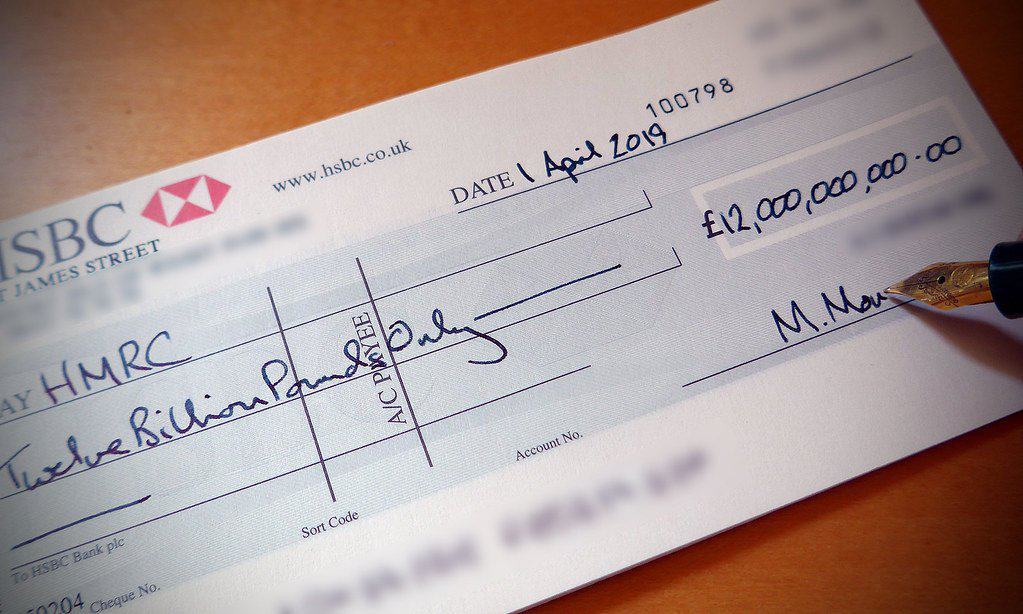COVID-19 has had an enormous impact on the stock market and the United States’ overall economic health. There have been multiple attempts to revive the stock market, including economic boosters injected into the market to stimulate economic activity. Economic advisors and investors alike have, time and time again, stated the obvious though: the stock market thrives when the economy thrives.
Ultimately, people need to spend money for the stock market to continue to thrive. The pandemic, unfortunately, resulted in thousands of Americans losing their jobs, causing an economic recession. However, stimulus checks directly and positively impact the economy itself, promoting and encouraging individuals to spend money.
With talks of a new stimulus check looming near, we’ve reviewed how the next payment may impact the industrial average.
The Industrial Average Now
In the last six months, there’s been quite a lot of back and forth as far as the stock market goes. Since COVID-19 began spreading in the United States, we’ve seen a stock market crash like no other. Realistically, the market has struggled to recover since then – primarily because, with layoffs happening across the nation and job loss increasing rapidly, individuals are spending less money.
As a result of this economic downturn, the industrial average has dropped and stayed relatively low since the start of the pandemic. There’s one exception to this low, however. When the first economic relief bill passed, individuals received a $1200 check to help combat the pandemic’s financial woes. According to Money Morning, “the Dow Jones Industrial Average now is ticking up as Congress debates the latest executive order by President Donald Trump.”
The Impact of a Second Stimulus Check
Currently, the President of the United States has issued statements regarding a second economic relief bill. In theory, Americans will receive a second stimulus payment in the near future, assuming political parties reach an agreement. These checks will certainly provide economic relief to the American people. Additionally, though, it provides an added benefit toward the stock market.
During the last economic relief program, the stock market rallied. For upwards of a week, stock market averages continued to increase. There are several reasons for this, such as:
- Increased economic spending, as individuals had money and were able to use it.
- Increased investing. Many individuals decided to use their stimulus payments to invest, given the state of the stock market.
- Business and market bailouts took place during the economic relief package, providing loans and grants to businesses to continue to stay afloat.
- Individuals made large purchases they were otherwise putting off, such as buying a new car or financing furniture.
- Regular spending increased as individuals had the available funds to do so.
These incentives, alongside the additional sum of money, allowed the economy to flourish briefly. According to some of the top economic advisors in our nation, a second stimulus payment could potentially recreate this scenario. This time, however, the results have the potential to be longer-lasting.
Over the last several months, many states have begun to start opening back up slowly. Reopening, ultimately, provides individuals with more avenues to spend a second economic relief check. When provided dozens of previously inaccessible locations to spend their money, individuals will make purchases that further stimulate the economy.
Will the Stock Market Rally as a Result?
Determining whether or not the second stimulus payment will cause another stock market rally is easier said than done. Many factors play into whether or not the stock market rallies. Still, there are several trends we have picked up on that show a direct impact on the stock market.
Most prominently, the stock market’s success or failure depends primarily on the workforce and their ability to spend money. A new economic relief package would help further extend unemployment benefits and provide a financial incentive for individuals currently working that allow them to contribute to economic cash flow. It also encourages a decrease in unemployment, allowing individuals to spend money more freely and stimulate the economy.
Therefore, while it’s hard to say certain, there is a decent chance we will see a stock market rally as a result of the second stimulus payment. With the reopening of many businesses, we may see the results of this over an extended period of time.
Conclusion
Overall, the stimulus payment will likely help improve the stock market industrial average. The economy thrives when individuals can spend money, and a second stimulus payment will help individuals do just that.
